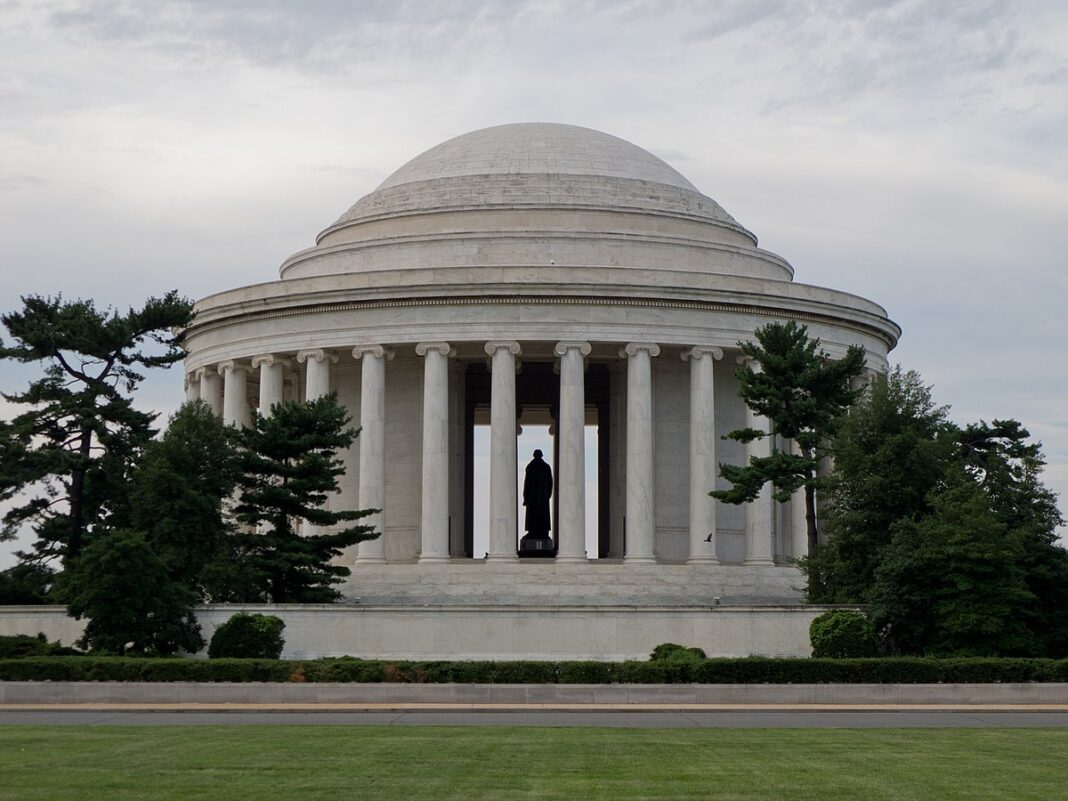By now, no one should be shocked when a conservative says something unkind about the free market. Still, those unfamiliar with any right-wing tradition predating Reagan react to someone like J.D. Vance as if he were a monstrous novelty. How could one favor raising corporate tax rates and also oppose to abortion? What fresh, illiberal hell is this?! The incomprehension of liberal thinkpiece artisans in the face of the “new” Right is a testament to the success of neo-cons at convincing Americans that the Right has always stood firmly on a platform of outsourcing jobs and clear-cutting nature preserves.
Of course, reasonably well-read conservatives know better. They have some familiarity with Russel Kirk, Christopher Lasch, Eugene Genovese. They know well the argument that unchecked capitalism, by commodifying every part of life, erodes traditions, bonds, and morals. Certainly, readers of Front Porch Republic need no remediation in this concept. So, while Sohrab Ahmari’s new book, Tyranny, Inc: How Private Power Crushed American Liberty–And What to Do About It, will provoke splenetic head-wagging from neo-cons, and fretful befuddlement from liberals, porchers may well ask whether another work by a conservative that calls for reigning in markets has anything new to say. It does. Or, at least, it says it in a new way.
The importance of Tyranny, Inc. lies in its overtures to the Left. By the Left, I mean the serious, moderate socialists who remain an important part of America’s intellectual culture. These people may, to varying degrees, tolerate or embrace the exotic social innovations that go under the banner of “woke,” but this is not their raison d’etre. Their politics begin and end with “bread and butter,” as they like to say. Labor unions, national provision of essential services like healthcare, and a robust social safety net are generally nearer and dearer to their hearts than drag queen story hour. What distinguishes Ahmari from other postliberal conservatives is his deliberate courtship of this Left. Neo-liberalism was built on the common ground between liberals and conservatives mutually opposed to the Left. The future of conservatism, Ahmari believes, will be built on the common ground between conservatives and leftists mutually opposed to neoliberalism.
Ahmari’s book is written in such a way that it gently nudges right- and left-wing readers toward a platform of economic reform that they can both embrace. The neoliberal abuses he spotlights are those most likely to offend both the freedom-loving sensibility of mainstream conservatives and the communitarian ethos of the left. His examples include the use of bankruptcy filings to halt class action lawsuits, “just-in-time” scheduling that leaves workers at the mercy of last-minute disruptions to their plans, and asset-stripping by predatory investors. Each injury is presented not only as a social harm, but as a form of tyranny. Writing of the corporate raid on Sears by Eddie Lampert, which destroyed the company in order to return capital to investors, Ahmari insists, “None of what Lampert and his Wall Street colleagues do is ‘natural’ . . . It’s an especially naked form of private coercion of the many by a very few.”
Ahmari’s framing evokes the popular 19th century abhorrence of “plutocrats.” This term of opprobrium was used to denounce opulent capitalists like Leland Stanford. The word connoted not just a successful businessman, but a despot. It was associated with a distinctly American way of thinking about inequality, drawn from the Jeffersonian tradition that venerates yeomen free from debts, bosses, and intrusive government. The Jeffersonian critique of modern capitalism sees the “plutocrats” as latter-day aristocrats, who use their wealth and influence to bend the government to their will and secure the favors that preserve their exalted status. The rest of us are reduced to the status of debtors and wage slaves under the combined rule of corrupt government and unscrupulous wealth. This Jeffersonian critique is perennial in American politics. It can be seen in the Tea Party and MAGA, as well as in Occupy Wall Street and the campaign against Walmart. The cry of freedom against plutocracy resonates with both the Right and the Left in America, sharing as they do a common heritage. Tapping into this tradition is an effective move on Ahmari’s part.
But the remedy Ahmari proposes does not seem typically Jeffersonian on its face. In the second half of the book Ahmari applies John Kenneth Galbraith’s philosophy of “countervailing power” to the problems of neo-liberalism. Galbraith formed his theory in the aftermath of the New Deal, when the position of labor was greatly strengthened by the National Labor Relations Act, the minimum wage, and the social safety net. “Countervailing power” was the power exercised by labor, with the help of government, against that of big business. By accepting the permanence of wage labor, corporations, and a powerful central government, Galbraith’s theory is a departure from the Jefferson’s ideal of independent yeomanry. But Ahmari idealizes the world that countervailing power made, the “thirty glorious years” of class compromise and prosperity lasting from the end of World War II to the ‘70s oil shock. He would like to see it restored as nearly as possible through a new wave of government-supported unionization.
This enthusiasm might seem to clash with his Jeffersonian rhetoric against tyranny. But the notion of countervailing power can be seen as an evolved form of the Jeffersonian creed. One sees this evolution in the thought of the late 19th-century political party and farmers’ organization known as the Populists. The Populists recognized that simply hoping for a return to a world of small producers and small government was useless. What was needed was for the people to take the reins of government from the plutocrats. If the government could be made truly democratic, it could be an instrument for bringing the ruling class to heel. Therefore, the Populists simultaneously pushed for democratizing reforms, such as the direct election of Senators, and for a greater government role in the market. They also realized that wage labor would be a persistent feature of modern life and took up the cause of unions and the 8-hour day. The Jeffersonian roots of this commitment ring out in the platform’s declaration: “this convention sympathizes with the Knights of Labor and their righteous contest with the tyrannical combine of clothing manufacturers of Rochester, and declare it to be a duty of all who hate tyranny and oppression to refuse to purchase the goods made by the said manufacturers (emphasis mine).” The Populists revised the Jeffersonian ethos for the modern capitalist world. This updated Jeffersonianism found concrete expression in the New Deal and the ensuing decades of countervailing power.
The most informative label for this latter-day Jeffersonianism is “economic democracy.” It is the idea that the power of the people to determine their destiny should not end where the market begins. It is a deeply American idea, rooted in the soil tilled by generations of freedom-loving dirt-farmers who made the nation what it is. Ahmari is taking up just this idea when he proclaims that, “Market tyrants playacting as benefactors are fast swallowing up American liberty, and they won’t restore our birthright unless we insist that politics and economics go together.” This is a call for rebellion, and also for tradition. Only this old American faith can reach across cultural divides and forge a movement with the power to win.
Image credit: via Wikimedia












I have sometimes wondered if the current war over “cultural issues” is not an artificial conflict, engendered by the Patricians (wealthy, powerful, privileged) to keep the “Left” and the “Right” at each other’s throats so we Plebes don’t gang up on them.
That in America, our conflicts have usually been over matters of interpretation and detailed application than over fundamental principles is want has held us together despite massive disruptions.
At least the last several decades have seen our lovely MSM engaged in a “Let’s you and him fight,” presentation of the “news”. Perhaps the factions should begin investigating what they have in common more than how they are different and go on from there.
…”what” has held us together…
Comments are closed.